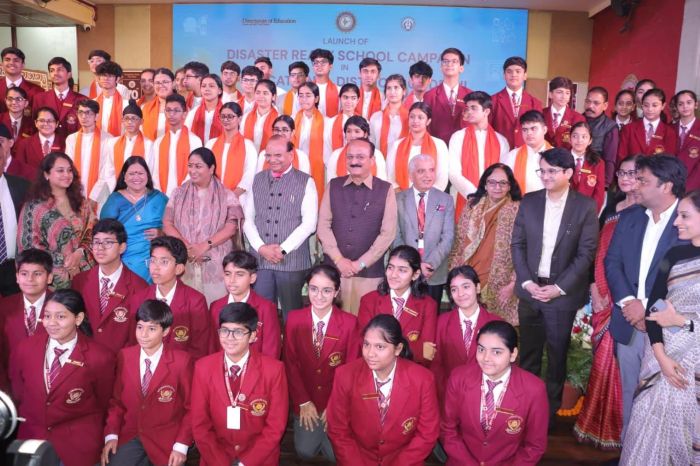
Manish Mohta, Founder, Learning Spiral
Higher education is being revolutionized by technology as it is providing creative ways to raise student achievement. In addition to improving academic results, institutions also explore and adopt new technologies better prepare their students for the workforce of the future.
Now a tailored, effective, and captivating learning environment by utilizing AI, data analytics, interactive learning technologies, and digital collaboration platforms is possible with technology adaptation by higher education institutions (HEIs).
By incorporating digital tools into classroom settings, universities can use technology to improve student performance from data analytics and virtual classrooms to AI-driven personalized learning systems. Technology can also provide creative ways to increase engagement, comprehension, and retention.
Data-driven insights also assist educators in monitoring advancement and taking proactive measures to overcome obstacles. Universities can create an engaging and effective learning environment and give students the tools they need to succeed in an increasingly digital world by embracing technological innovations. By providing students with flexibility and individualized support, online materials, adaptive exams, and collaborative tools help close the gaps in traditional education.
Here is a probable list of how technology can be leveraged by HEIs:
1. Personalized Learning with AI and Adaptive Platforms
Adaptive learning platforms and artificial intelligence (AI) can customize instructional materials to meet the needs of individual students. AI-driven platforms can offer tailored recommendations by examining learning patterns, enabling students to understand difficult ideas at their speed. To maximize learning outcomes, universities can incorporate virtual assistants, AI-powered tutors, and intelligent course recommendations.
2. Enhanced Engagement Through Interactive Tools
Education is made more interesting by digital tools like gamified learning platforms, augmented reality (AR), and virtual reality (VR). These technological tools offer practical experiences that enhance understanding and memory. For instance, engineering students can model real-world situations, while medical students can rehearse surgery in a virtual setting.
3. Data Analytics for Student Success
Universities can track students’ development and spot at-risk students early with the use of big data and predictive analytics. Institutions may guarantee student success by evaluating academic achievement, attendance, and involvement and then promptly offering interventions like tutoring, mentoring, or more resources.
4. Online Learning and Hybrid Classrooms
Flexible education that meets the demands of a wide range of students is made possible by the integration of online learning platforms. Learning Management Systems (LMS) such as Moodle, Blackboard, or Canvas can be used by universities to support online classes, discussions, and evaluations. By fusing virtual and in-person instruction, hybrid models provide accessibility and convenience while guaranteeing that no student is left behind.
5. Cloud Computing for Seamless Collaboration
Dropbox, Microsoft 365, Google Workspace, and other cloud-based platforms facilitate effective collaboration between educators and students. These platforms promote a culture of information sharing and collaboration by making lecture notes, research papers, and project materials easily accessible.
- AI-Powered Evaluations and Input
AI-powered feedback tools and automated grading systems give students immediate performance insights. AI can be used by universities to evaluate essays, tests, and assignments, guaranteeing consistent grading while freeing up teaching members to concentrate on providing in-depth guidance and assistance.
- Electronic Resources and Digital Libraries
Students can now access academic materials around the clock thanks to the transformation of traditional libraries into digital repositories. To improve resource accessibility and lessen reliance on hard copies, universities might invest in e-libraries, digital textbooks, and research databases.
- Academic Records on Blockchain
Academic records are safe and unchangeable thanks to blockchain technology. Blockchain-based credentialing systems can be used by universities, which will ease administrative expenses by enabling students to keep and share their diplomas with prospective employers.
- Using Technology to Promote Student Well-Being
Academic success is significantly influenced by one’s mental health and general well-being. Universities may provide students with psychological support and stress-reduction tools by integrating AI-powered chatbots, mental health applications, and telehealth services.
- Data privacy and cybersecurity
Data security is critical as digitization increases. To safeguard student data and privacy, universities must have strong cybersecurity safeguards in place, such as encryption, multi-factor authentication, and secure cloud storage.








